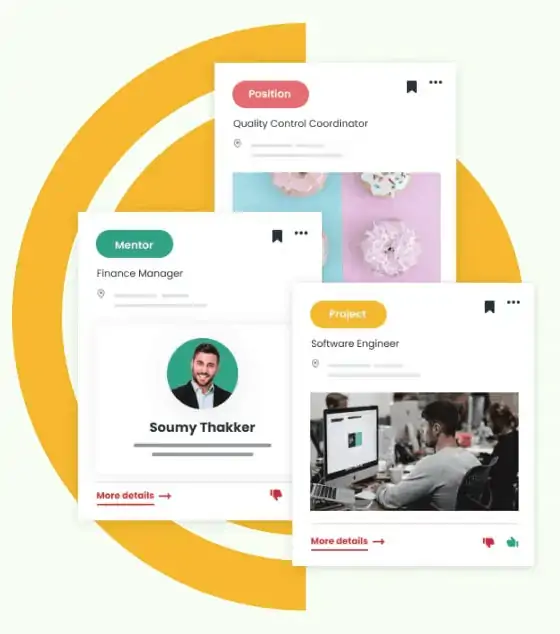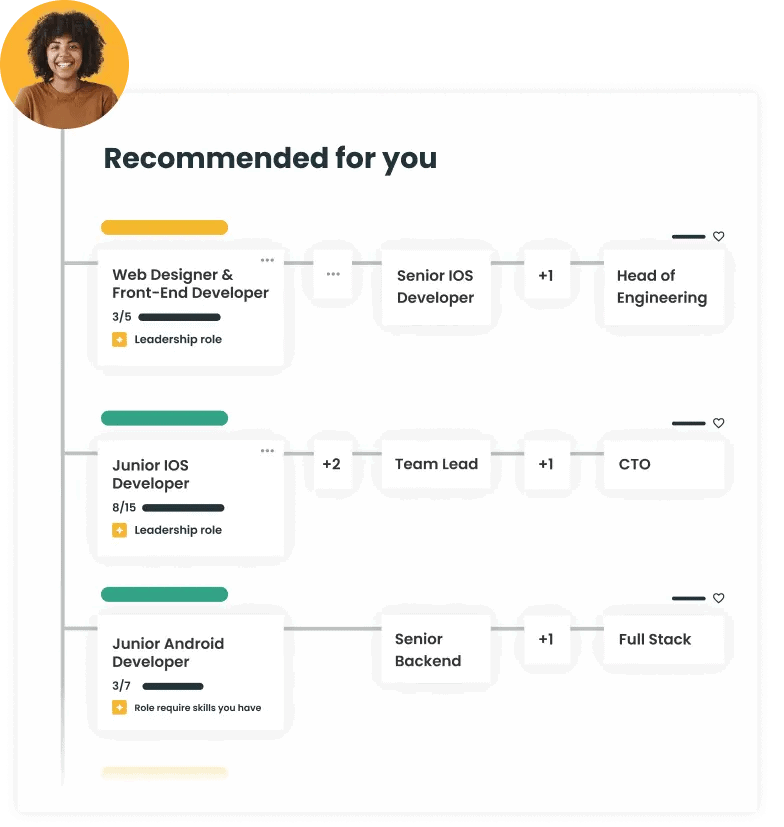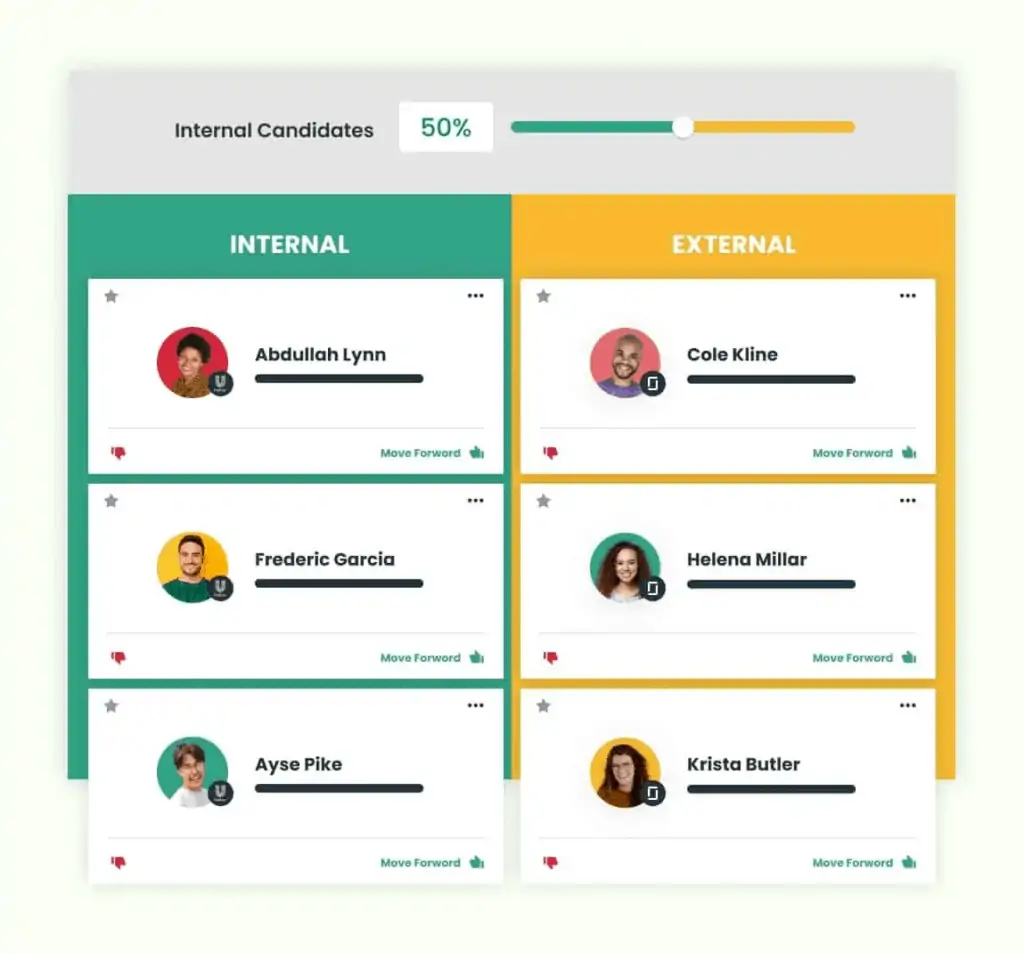You can’t navigate the new world of work with old maps
Business growth in 2022 will be defined by workforce transformation

When I started my career, there were no virtual meetings, training happened in person once a year, and it was expected that employees were to stay in the same function over time. Today, I, like employees and businesses everywhere, have adapted – to digital-first models, constant upskilling, accelerated timelines, and more dynamic ways of working. These seeds of change were planted years ago and catalyzed by COVID-19. And now, there’s no turning back.
It’s time to craft a clear path forward. Careers are getting longer, the half-life of skills is getting shorter, emerging technologies are changing work and the realm of what’s possible, and evolving expectations and shifting demographics are reshaping the employee-employer relationship. The pandemic has demonstrated that agile enterprises and workforces are best positioned to come out on top. But what does it take to achieve Workforce Agility? How can technology help us get there?
Transforming the Workforce for a New World of Work
With COVID-19’s onset, agility became the do-or-die factor for businesses. We all had to abandon rigid hierarchies, retire outdated operating models, and pivot to overcome unprecedented disruption. We saw our customers execute large-scale talent redeployments, assemble cross-border teams to launch new products in response to the pandemic, and introduce initiatives so that employees could lend a hand to their colleagues looking for more support. In short, to thrive through crisis they had to become more agile.
Today, in the wake of the pandemic, we have a unique window of opportunity to take the lessons learned over the past 18 months to set our businesses up for tomorrow’s challenges. To retire antiquated and ineffective tools like traditional career ladders, static job architectures, and a hierarchical approach to management, and instead transition to an agile operating model. The question now isn’t whether we need to adopt more agile ways of working, but exactly how we do so.
At Gloat, we’ve had the privilege to work with dozens of the world’s leading enterprises to bring workforce agility from theory into practice. Starting with Unilever and Schneider Electric as we brought the first internal Talent Marketplaces to life at global scale, and quickly followed by visionary companies like Seagate, Standard Chartered Bank, Mastercard, Nestlé, MetLife and many more. What we learned as we worked with these pioneering brands is that true workforce agility in the 2020s requires a multi-faceted approach:
- Talent Agility: Making opportunities transparent and available for jobs, gigs, projects, learning, mentoring and networking to all of our employees, providing your business managers with visibility and the ability to access talent from anywhere in your organization so you can match talent supply to business demand at speed and scale.
- Career Agility: Giving every employee visibility and agency over their careers by making a range of personalized career paths and development opportunities available to them, enabling you to engage, develop, and retain your best talent.
- Organizational Agility: Organizing and standardizing workforce data from across multiple internal and external systems and data sources to enable more real-time and dynamic workforce planning. This includes leveraging the power of AI to create a dynamic, self-evolving approach to your Skills Ontology, Job Architecture, and all workforce and talent planning decisions in the organization.
- Ecosystem Hiring Agility: Connecting internal and external sources of talent to create a unified and comprehensive talent and skill pool for your organization to access on-demand. This starts with current employees but includes company alumni, contingent labor, and the full ecosystem of talent your organization can leverage.
To enable each of the above, we can’t simply rely on old tools or technology. True workforce agility can’t be achieved with an add-on to an HCM system or an upgrade to an LMS. It requires a new approach to managing talent and work within our organizations – one that replaces traditional hierarchies and rigid structures with a fluid and dynamic marketplace of talent supply and job demand. Only once we’ve enabled talent marketplace dynamics within our organizations can we achieve the full scope and benefit of workforce agility.
Talent Agility: Aligning Talent Supply to Demand at Speed and Scale
As priorities like speed to market, reduced costs, and rapid response remain top business priorities, having qualified talent at the ready is critical. Organizations need talent on demand, and employees are ready for the development challenge. In the three years since we launched the first talent marketplaces, the businesses we’ve partnered with have seen tremendous success by bringing Talent Agility to life. To date, more than 10,000 Unilever employees have leveraged their platform, FLEX Experiences, to take on new projects. Schneider Electric has saved over $15,000,000 in productivity gains and reduced recruitment costs by using Talent Agility to match people to relevant opportunities. Our newer partners are already seeing similar impacts, with Seagate unlocking 35,000 hours of capacity in just their first four months and Standard Chartered seeing their biggest year over year increase in employee satisfaction with career development after launching their platform.
Career Agility: Empowering Employees to Take Charge of Their Professional Development
With more than 60% of employees rethinking their professions, and 70% leaving roles due to perceived lack of career growth opportunities, it’s clear that employees are looking for more from their organizations. Figuring out what you want to do requires the right information to make an informed decision. Career Agility means giving workers complete visibility into their career potential. We’ve extended our Talent Marketplace platform to do just that. Gloat’s Career Agility capabilities include both Career Paths, which presents users with a few choices for the directions their careers can take, as well as Career Tracks, an immediate solution that lets both employees and managers play an active role in their professional development.
Organizational Agility: Leverage Real-Time Insights to Future-Proof Your Business
Navigating the new demands of the workforce has created challenges for business leaders too. With a variety of technology tools supporting their workforce management, performance, compensation, etc., and a heightened demand for qualified talent and focused training, it’s never been more challenging to make informed workforce planning decisions.
Talent and career markets not only change the game in terms of supply and demand, they’re also the essential building blocks to produce the information and insights that can change the game when it comes to making better business decisions. Since we’ve spent years designing and implementing enterprise-wide talent marketplaces for global companies, we’ve seen the power of this data first-hand. More than 80% of our user base populates our talent marketplaces with up to date information, meaning the platforms generate dynamic information across the entire workforce, giving leaders insights into their entire organization in real-time.
The talent and career markets are employee systems of flow and experience, so they get updated regularly, unlike ERP databases for HR transactions. They are marketplaces for employees and business managers to explore options and make connections. And as in any digital marketplace, we are learning all the time by understanding what is being offered (the demand), what is being considered (the supply), and how these forces converge. It is this data that has led us to expand our workforce analytics agenda to include a set of new capabilities geared towards business leaders. Our Skills Management Console, Job Architecture Management System, Workforce Insights, and Ontology API, give business leaders a single source of truth for information, unparalleled visibility into their workforce, and real-time and predictive insights on job and workforce planning
Ecosystem Agility: Tap into Every Talent Pool in Your Workforce Ecosystem
As we aspire to democratize opportunity for everyone, we need to enable companies to extend their internal talent marketplaces to the broad external workforce ecosystems: making the internal workforce more mobile, while making the external workforce more accessible. With a two-sided marketplace, you don’t just get visibility into the skills and capacities that full-time employees have to offer. The platform takes it further by providing business and HR managers with an integrated view of their entire pool of talent, from alumni to contractors to students and interns, and much more.
In the question of build, buy, or borrow, our solution for ecosystem hiring agility combines the range of talent pools into a single, integrated platform. Since Gloat is designed as an open, connector platform, we can give leaders that single pane of glass experience that enables them to oversee every element of the talent management lifecycle from end to end. Much more to come on this topic, so stay tuned as the Talent Marketplace platform continues to evolve in scope and impact.
The Game-Changer Businesses Need for 2022
We can’t rely on what’s familiar when we’re dealing with uncharted territory and we can’t expect outdated tools to help us achieve forward-thinking goals. If we want to go beyond the status quo, we’re going to need to do more than upgrade our LMS to an LXP or add a tab in our HCM.
Since we’ve entered a new chapter hallmarked by changes that are fast and frequent, it’s time to look to workforce technology that is truly game-changing. We all know that complete Workforce Agility is key to winning in the current market, and the only way to achieve Talent, Career, Organizational, and Ecosystem Agility is by bringing Talent Marketplace dynamics powered by AI into your organization. As both the category pioneers and as business leaders who use the platform ourselves, we know talent marketplaces are the game-changer we’ll all need to achieve success in 2022 and beyond.
PS – thank you Jeff Schwartz for your brilliant thinking that inspired this piece and collaboration in putting thoughts to paper.









